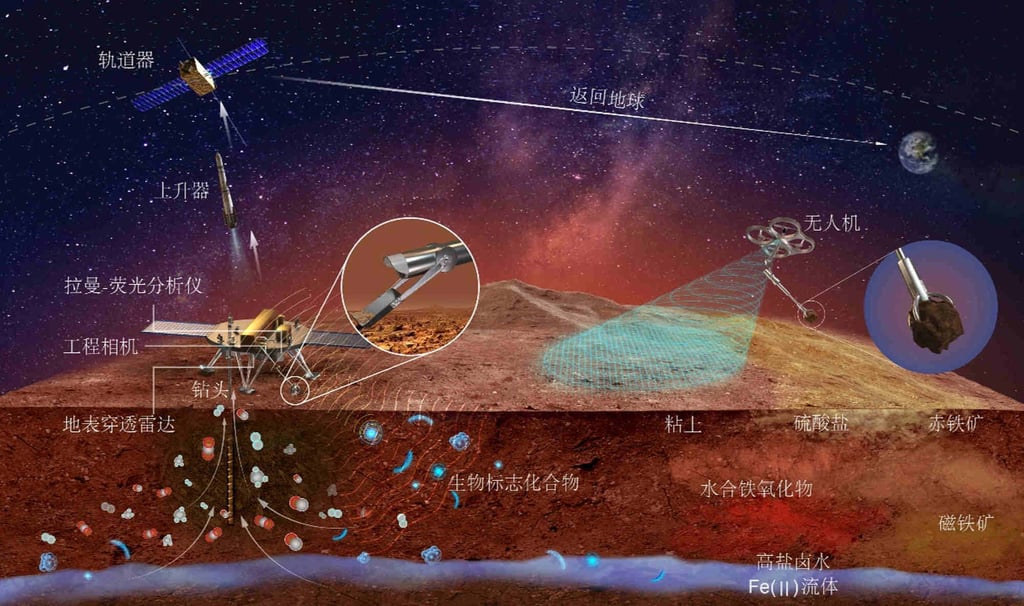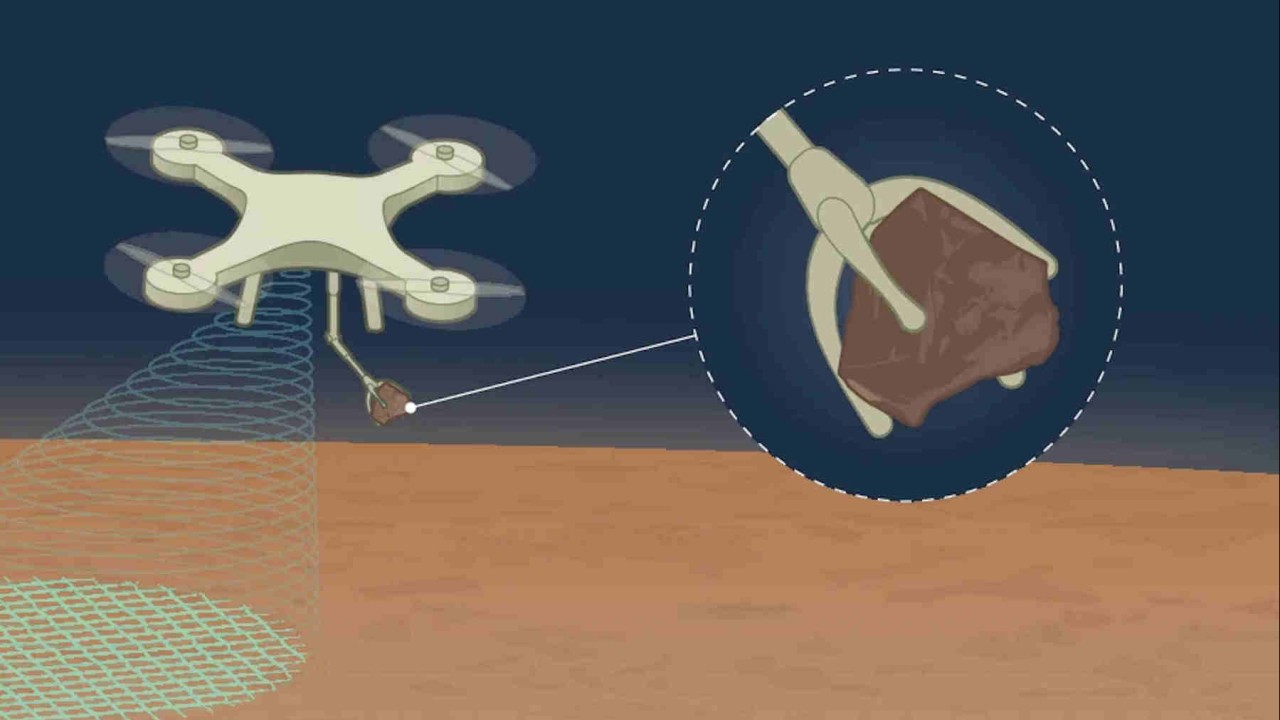China has unveiled details about its coming Mars sample return mission, including a plan to avoid biological contamination risks when employing a helicopter drone to collect surface samples and bring potential signs life back to Earth.
Advertisement
The Tianwen-3 mission, which is set to bring back at least 500 grams (17.6 oz) of Martian material by 2031 as part of its search for signs of life, will for the first time pair a stationary lander with a drone to extend its sampling reach, according to scientists involved in the programme.
Alongside the drone, the mission will use a lander-mounted drill to extract samples from 2 metres (6.5 feet) underground and a robotic arm to collect surface material from around the landing zone.

“All returned samples will be processed and analysed in a planetary protection laboratory equipped with high-level biocontainment capabilities and an ultraclean environment, with a focus on searching for potential traces of life and chemical biosignatures,” the Deep Space Exploration Laboratory (DSEL) under China National Space Administration (CNSA) said on its social media account on Thursday.
“The safety of the Earth environment will be ensured,” DSEL said.

According to a paper in the peer-reviewed journal Nature Astronomy, also published on June 19, the uncrewed helicopter will be equipped with a robotic arm and claw. It will fly more than 100 metres to retrieve larger rocks that may contain signs of life and ferry them back to the lander for return to Earth.
Advertisement
While the paper did not give further technical details on the drone, Chinese researchers have developed several Mars rotorcraft prototypes.

